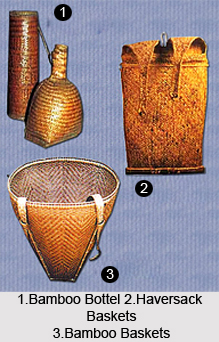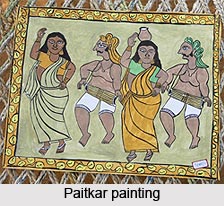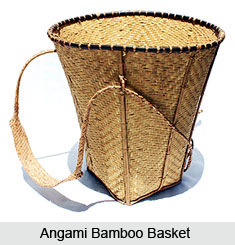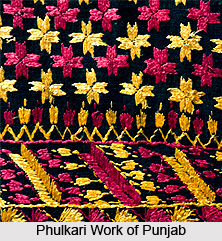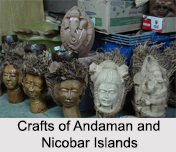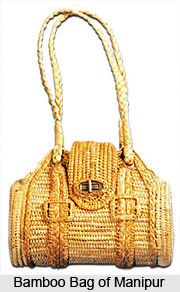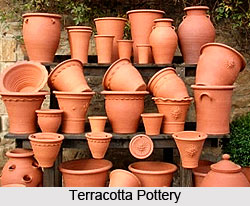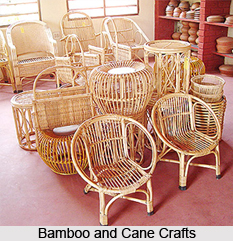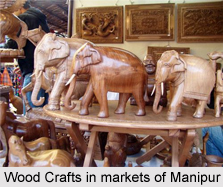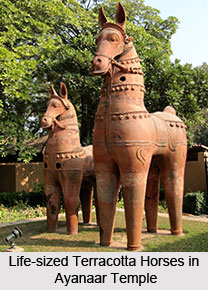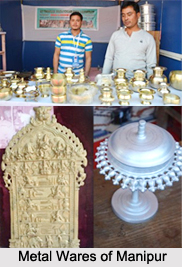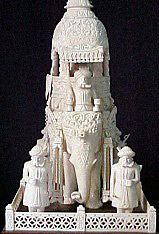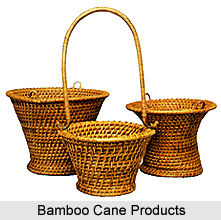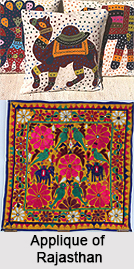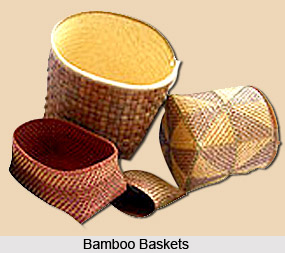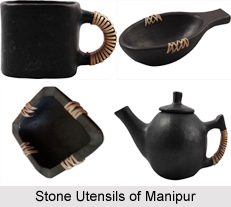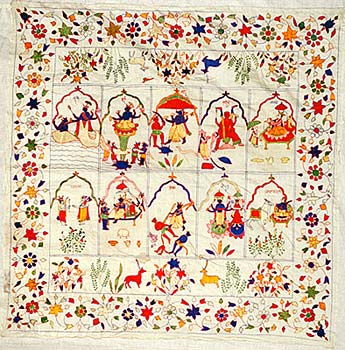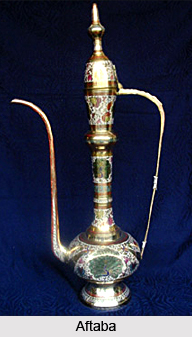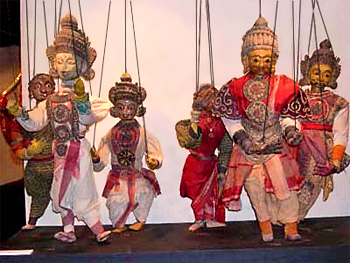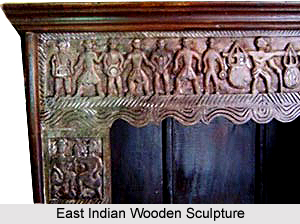 Woodcraft of east India is mainly executed in the states of West Bengal, Arunachal Pradesh and Assam. West Bengal is famous for woodcrafts made from coconut tree. Carved wooden roof is an attraction in almost all East Indian wood works most of them surviving for many centuries.
Woodcraft of east India is mainly executed in the states of West Bengal, Arunachal Pradesh and Assam. West Bengal is famous for woodcrafts made from coconut tree. Carved wooden roof is an attraction in almost all East Indian wood works most of them surviving for many centuries.
Woodcraft of east India has gained its far-flung reputation for its durability, elegance and design, which lends a refined look where ever it is placed and the basic reason why these Indian furniture is enamoured with an air of vital importance, is because of its cultural flavour. Though progress and rapid developments in info-tech era has brought new styles and tools, the traditional wood carvers of eastern India still use the simplest of tools and follow the style of his ancestors and that in fact has kept the traditional crafts alive.
Many craft traditions in East Indian states have been handed down from generation to generation and that has helped the art remain in highest degree of perfection in these areas. The people of Assam have traditionally been craftsmen from time immemorial. 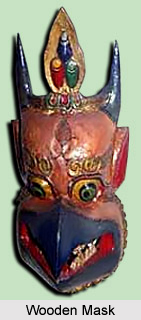 Assam has always remained one of the most forest-covered states of the country, and the variety of wood and timber available here has shaped a part of the people`s culture and economy. An Assamese can identify the timber by touching it even in darkness, and can produce a series of items from it.
Assam has always remained one of the most forest-covered states of the country, and the variety of wood and timber available here has shaped a part of the people`s culture and economy. An Assamese can identify the timber by touching it even in darkness, and can produce a series of items from it.
The practice of woodcarving and associated crafts is part of a long tradition among a number of tribal communities of Arunachal Pradesh. The main centre for woodcarving and woodcraft in the State is the Wancho area of Tirap district. The Wancho woodcarvings can be classified under three main categories. The first are those associated with headhunting; the second with the decoration of the Morungs of men`s communal houses and the third with the funerary images of different animals. The Monpas, Shedukpens, Mombas, Khambas and Bugums produce different types of masks made of wood, often painted with bright colours. The Khamptis especially are well known for their beautiful wooden images of Lord Buddha. One can also find carpenters working with their primitive tools in Arunachal Pradesh within some of the tribal communities - namely in the Monpas, Noctes, Wanchos and Tangas. These craftsmen churn out articles of daily use as well as furniture although they portray crude workmanship. However, the woodcraft of east India has an alternative distinct flavour, owing to its cultural patterns. The more one moves to the eastern borders, the designs of the wood crafts tend to be more broad and crude, inspired by tribal patterns.
